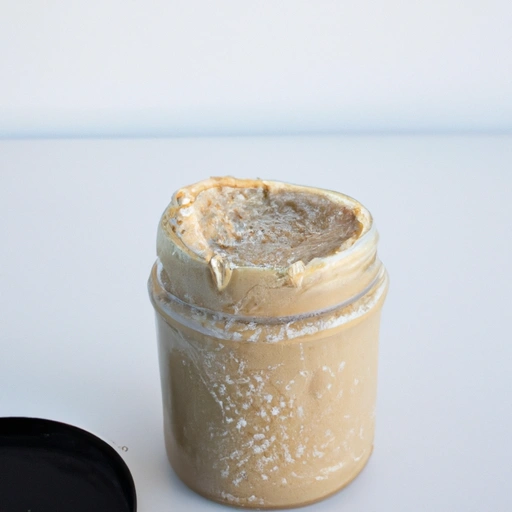Tahini
Description

Tahini is a creamy, smooth paste made from ground sesame seeds. It plays a critical role in Middle Eastern cuisine and has gained international popularity for its versatility and rich nutty flavor. Tahini is typically made by hulled sesame seeds, which can be raw or roasted, and then grinding them into a fine paste. The result is a thick, pourable condiment that can be used in a variety of dishes. In recipes, tahini is often measured in tablespoons (Tbsp) in American units, or in milliliters (ml) and grams (g) in European and international units.
Common uses
Tahini is commonly used as a base for dips and sauces, such as hummus and baba ghanoush, as a dressing for salads and vegetables, and in marinades for meats and fish. It's also used as a spread on sandwiches and as an ingredient in baked goods and sweets, like halva and tahini cookies.
Nutritional value
Calories
Approximately 89 calories per tablespoon (15g).
Protein
About 2.6 grams per tablespoon (15g).
Fat
Approximately 8 grams per tablespoon (15g), primarily from healthy unsaturated fats.
Carbohydrates
Approximately 3 grams per tablespoon (15g), with minimal amounts of dietary fiber.
Vitamins
Contains small amounts of B vitamins and vitamin E.
Minerals
Rich in minerals such as phosphorus, lecithin, magnesium, potassium, iron, and calcium.
Health benefits
Tahini is known for its health benefits, including being a source of healthy fats and protein. It also contains antioxidants and has anti-inflammatory properties. The nutrients in tahini can support heart health, help regulate cholesterol levels, and contribute to overall well-being.
Potential risks
While tahini is generally considered healthy, it is high in calories and should be consumed in moderation. People with sesame seed allergies should avoid tahini, as it can trigger allergic reactions. Additionally, due to its high fat content, it may be unsuitable for those on a low-fat diet.
Common recipes
Tahini is a key ingredient in traditional recipes like hummus, tahini sauce, and halva. It is also used in dressings for salads, roasted vegetables, and grain bowls.
Cooking methods
Tahini can be used as is, or it can be blended, whisked, or mixed with other ingredients such as lemon juice, garlic, water, and herbs to create various dishes.
Pairing with other ingredients
Tahini pairs well with Mediterranean and Middle Eastern flavors, including lemon, garlic, chickpeas, eggplant, and herbs like parsley and mint. It also complements sweet dishes when combined with honey or maple syrup.
Summary
Tahini is a versatile ingredient cherished for its creamy texture and nutty flavor. It is an essential component in many Middle Eastern dishes and has been adopted by various cuisines around the globe. With its nutritional benefits and wide array of culinary applications, tahini is a valuable addition to any kitchen.